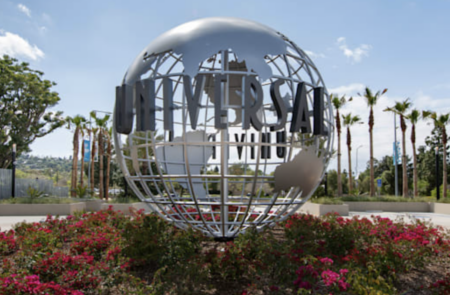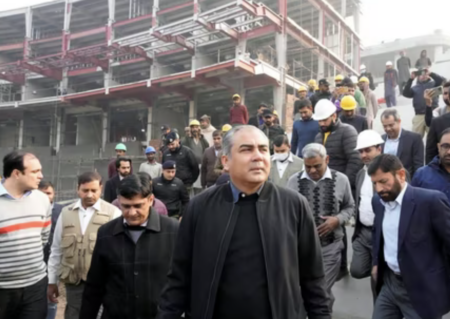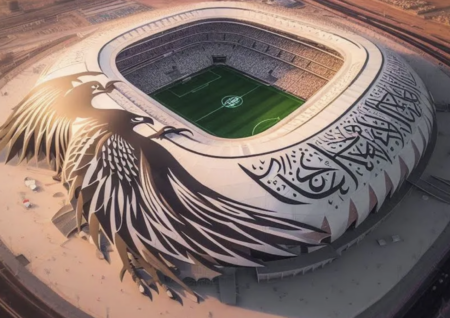Al Rayyan Venue is the latest tournament stadium to be unveiled for the FIFA World Cup Qatar 2022, and one of seven new builds to be used for the tournament.
Built on the site where Ahmed Bin Ali Stadium once stood, the 40,000-capacity venue will welcome the World Cup fans in less than two years’ time, with the stadium slated to host seven matches during Qatar 2022 up to the round of 16 stage.
Before the World Cup rolls into town, the Al Rayyan community will get their first glimpse of the stadium when it plays host to Al Sadd and Al Arabi in this year’s Amir Cup final on 18 December. At the launch event there will also be n official naming of the stadium. The venue will become the fourth Qatar 2022 stadium to open following Khalifa International, Al Janoub and Education City.
Stadium engineers Ramboll took inspiration from the historic city and its traditions in the design of the venue.
“Respecting the history of both Al Rayyan and Qatar was an important design objective,” said Ramboll project director, Alan Tweedie. “Our stadium architect, Pattern Design, spent considerable time at the conceptual stage researching the history and culture. This included investigating the history of the Al Rayyan region itself. We ended up presenting four conceptual options and the chosen design was in the end a mix of many attractive options within each of the distinct proposals.”
Tweedie added: “One of the key features of the final design is the five decorative patterns and shapes that are found within the stadium façade and around the precinct. These patterns acknowledge the importance of family in Qatari culture, they reflect patterns associated with the desert and wildlife that thrives there, and they also reflect historical patterns seen in Qatar that have their origin in the international trade that lies behind Qatar’s economic success over the centuries. The shield pattern, associated with Al Rayyan itself, weaves together all of the other patterns and represents loyalty, unity and perseverance.”
To fully incorporate the history and traditions of the community in the project, Ramboll also developed a relationship with Al Rayyan Sports Club – which will occupy the venue in the future – to ensure the legacy aspect of the new stadium was properly planned.
“We spent time with Al Rayyan SC in order to understand how they operated, what worked well for them and where they would like to see improvements reflected within the stadium’s legacy,” said Tweedie. “We had the privilege of attending the last Al Rayyan home game, as VIP guests, before the old stadium was decommissioned – a game we are glad to report Al Rayyan won. This created a bond between the club and the designers, which reminded us during the various design stages that we were in fact designing the club’s new home, not just a venue for a four-week-long tournament.”
“One of the most exciting aspects of a project like this is the ability to attend an event and experience the reaction of the end-users, who are in this case, the fans,” Tweedie said. “If they attend an event and are enthusiastic about the event and the project, then this is something to be excited about. This means you have succeeded in one of your primary objectives.”





